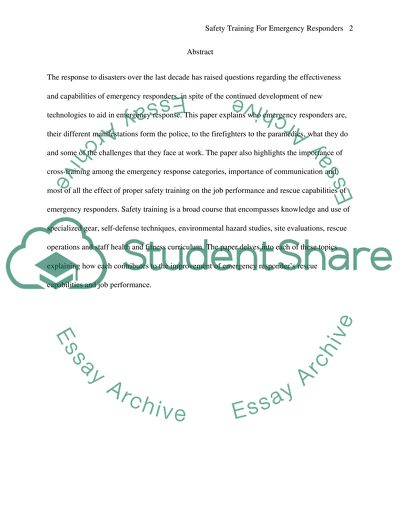Cite this document
(“Emergency Management Essay Example | Topics and Well Written Essays - 3250 words”, n.d.)
Retrieved from https://studentshare.org/other/1429007-emergency-management
Retrieved from https://studentshare.org/other/1429007-emergency-management
(Emergency Management Essay Example | Topics and Well Written Essays - 3250 Words)
https://studentshare.org/other/1429007-emergency-management.
https://studentshare.org/other/1429007-emergency-management.
“Emergency Management Essay Example | Topics and Well Written Essays - 3250 Words”, n.d. https://studentshare.org/other/1429007-emergency-management.


